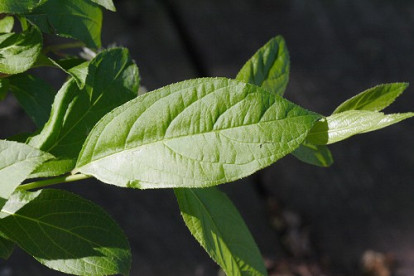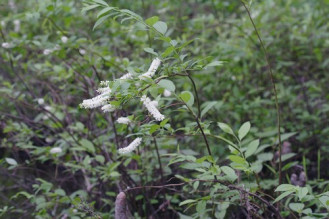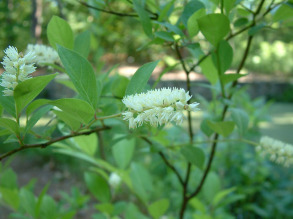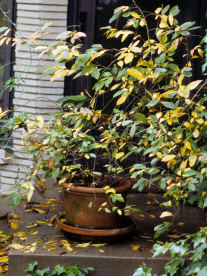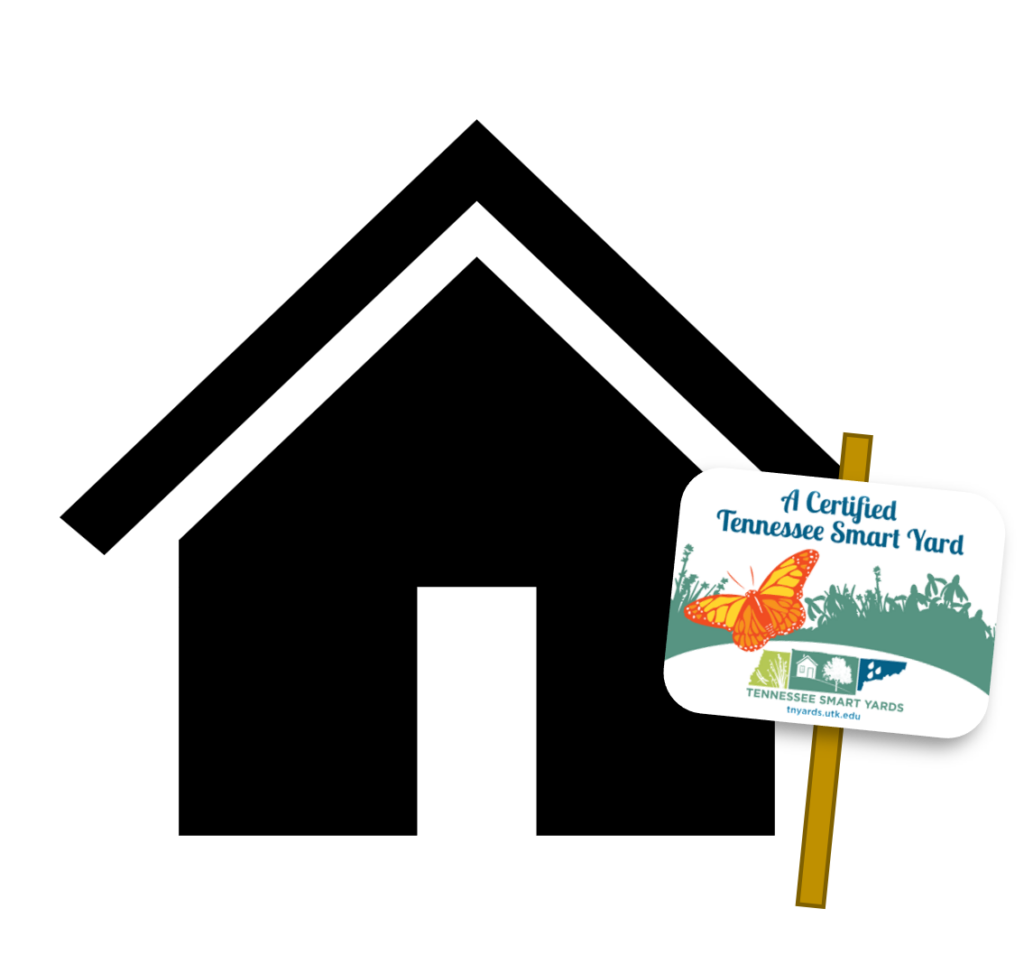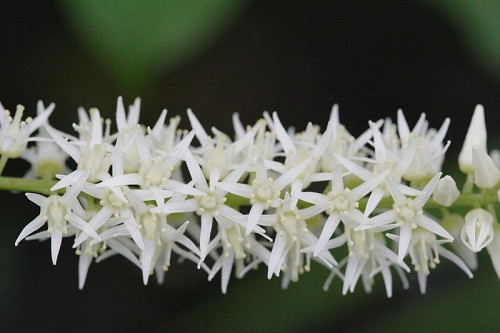
Common Name: Virginia Sweetspire, Virginia Willow
Sun to light shade; wet to moderately dry moisture level; tolerant of a wide range of soils include coarse sands, gravels, loamy sands, fine silt loams, hardpan clays, peats and mucks; moderately acid to neutral pH.
4-10 feet height by 4-10 feet spread; blooms May and June; white flowers; fruit capsules in August which persist into winter.
Growth Rate: Slow to medium. Growth rate can be faster with adequate nutrition and moisture. Will slowly sucker to form rather large colonies.
Maintenance: Infrequent disease or insect problems. With time, it may become a bit unruly, and severe rejuvenation pruning may be necessary.
Propagation: Seed germination code A. Easy from seed or cuttings.
Native Region: Statewide
Deciduous shrub native to bogs, swamps, wooded streambanks, and wet woodlands, often found growing in shallow water. Good choice for naturalizing in moist areas of the garden. Rather straggly and thin in the wild but becomes more dense in cultivation. Best shape is obtained with at least 4-6 hours of sun but will grow in dry or wet soils in light shade, although shape will be a bit lax. Amazingly adaptable shrub with lightly fragrant flowers and leaves which turn a brilliant crimson to purplish red in autumn. Cultivars available; most of what is available commercially are cultivars. Transplants easily. Attracts bees and butterflies.
